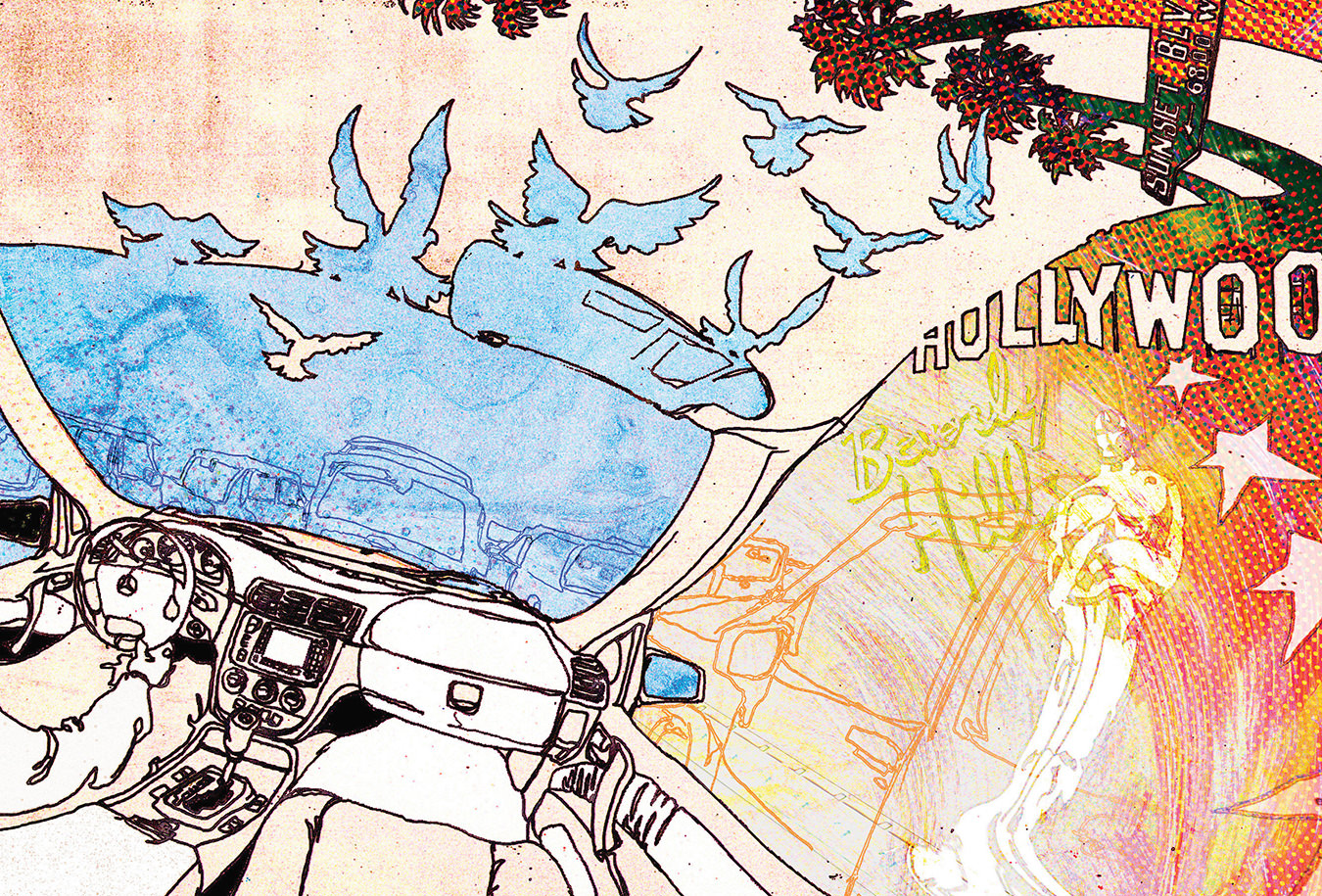The Academy Museum of Motion Pictures Showcases Hollywood’s Light and Darkness
From classic cartoons to cyberpunk paranoia.
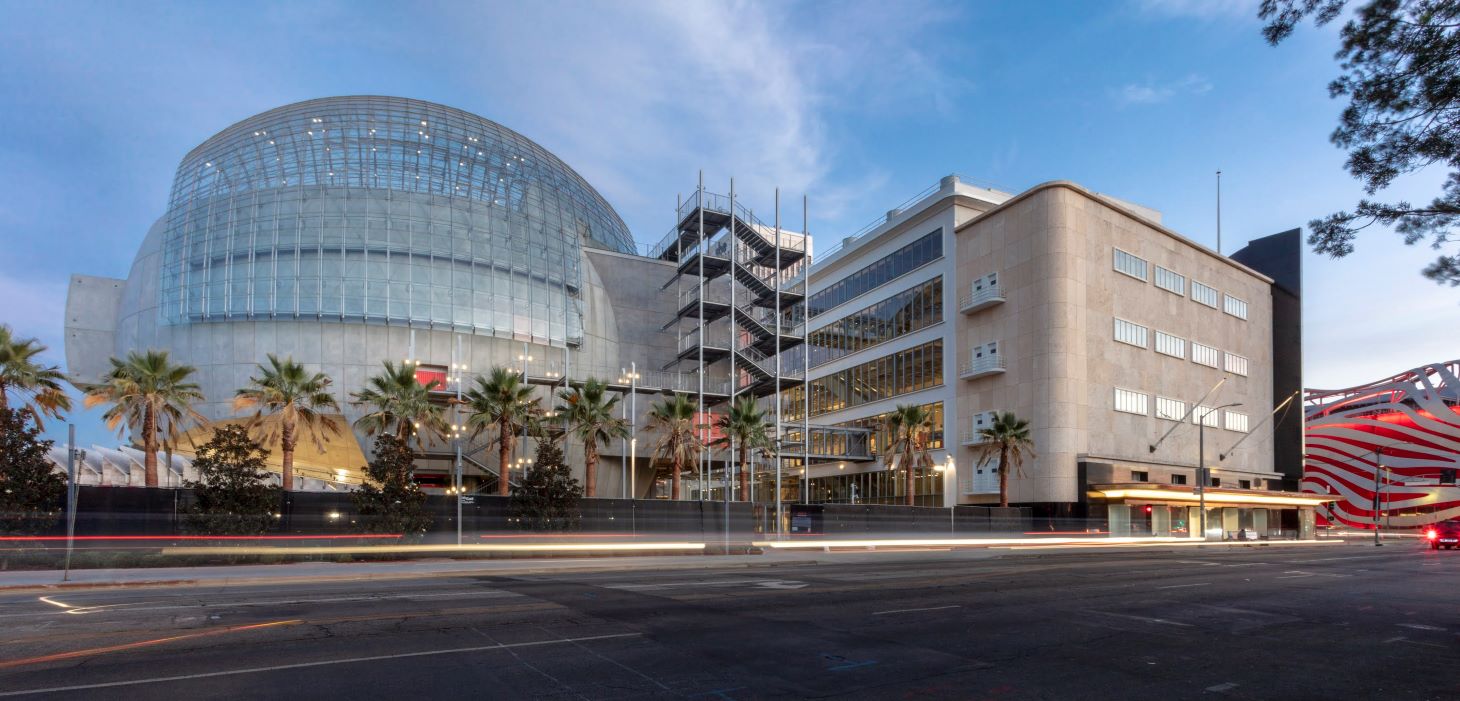
Photo courtesy of Academy Museum of Motion Pictures
Both international politics and Oscar campaigns often get as dirty as the La Brea Tar Pits in Los Angeles. Nonetheless, the nearby Academy Museum of Motion Pictures offers a refreshing and timely dose of insight and inspiration at a time when artistic and intellectual freedom is under attack both in the United States and abroad.
The elegant museum, which opened in 2021 and spans 300,000 square feet at the corner of Wilshire Boulevard and Fairfax Avenue, harmoniously unites the revitalized May Company department store, built in 1939, with a spectacular glass-and-concrete sphere housing the David Geffen Theater.
At first blush, the airy lobby seems to promise visitors a nostalgic experience. Human-sized Oscar statuettes stand like serene guardians. Big moments in Oscars history flash by in the dramatically contoured, glass-fronted Spielberg Family Theater. Uplifting 1970s tunes like David Bowie’s “Heroes” and the Steve Miller Band’s “Fly Like an Eagle” echo in the background.
However, the Academy Museum does not shy away from candidly acknowledging how humanity’s dark side has influenced Hollywood’s magic, from its core three-floor Stories of Cinema exhibition to its rotating exhibits. Indeed, an ability to look back unflinchingly is key to its self-proclaimed mandate to “advance the understanding, celebration, and preservation of cinema.”

Photo by Lucas Aykroyd
A space dedicated to Casablanca—the classic 1942 war-romance film chosen by the Library of Congress as culturally significant—exemplifies this approach. It does not merely feature the famous piano from Rick’s Café Américain or Ingrid Bergman’s diary musings about her co-star Humphrey Bogart’s great professionalism. The exhibition also underlines the corrosive effects of anti-Semitism, describing how the mother of Michael Curtiz, Casablanca’s Jewish Hungarian director, escaped from Europe just before the Holocaust with the assistance of studio head Jack Warner.
Separately, Hollywoodland: Jewish Founders and the Making of a World Cinema explores how these outsiders found acceptance and commercial success in an often-hostile society by promulgating seminal fantasies about America. It was at Jewish mogul Harry Cohn’s Columbia Pictures, for example, that director Frank Capra made Mr. Smith Goes to Washington (1939), a beloved tale about the little guy fighting government corruption.
If apocalyptic fears of oligarch-driven technological takeovers and environmental destruction haunt your dreams, Cyberpunk: Envisioning Possible Futures Through Cinema (to April 2026) is eerily on point. Amid foreboding synthscapes and voiceovers about “coded souls and machines that breathe,” this exhibition reveals how much Canadian talent has influenced this genre. That goes far beyond the career-defining performances of Keanu Reeves and Carrie-Ann Moss in The Matrix (1999).
On display here are artifacts like the cover of Vancouver sci-fi author William Gibson’s novel Neuromancer (1984) and sketches of Arnold Schwarzenegger’s killer cyborg in the Terminator series directed by James Cameron, who was born in Kapuskasing, Ontario. With other items highlighting the futuristic horror of Toronto native David Cronenberg’s cult classic Videodrome (1983) and Cree Métis director Danis Goulet’s Hunger Games-like debut Night Raiders (2021), it becomes evident that Canadians worry a lot about unlimited screen time, drone monitoring, and robot overlords.

Photo by Lucas Aykroyd
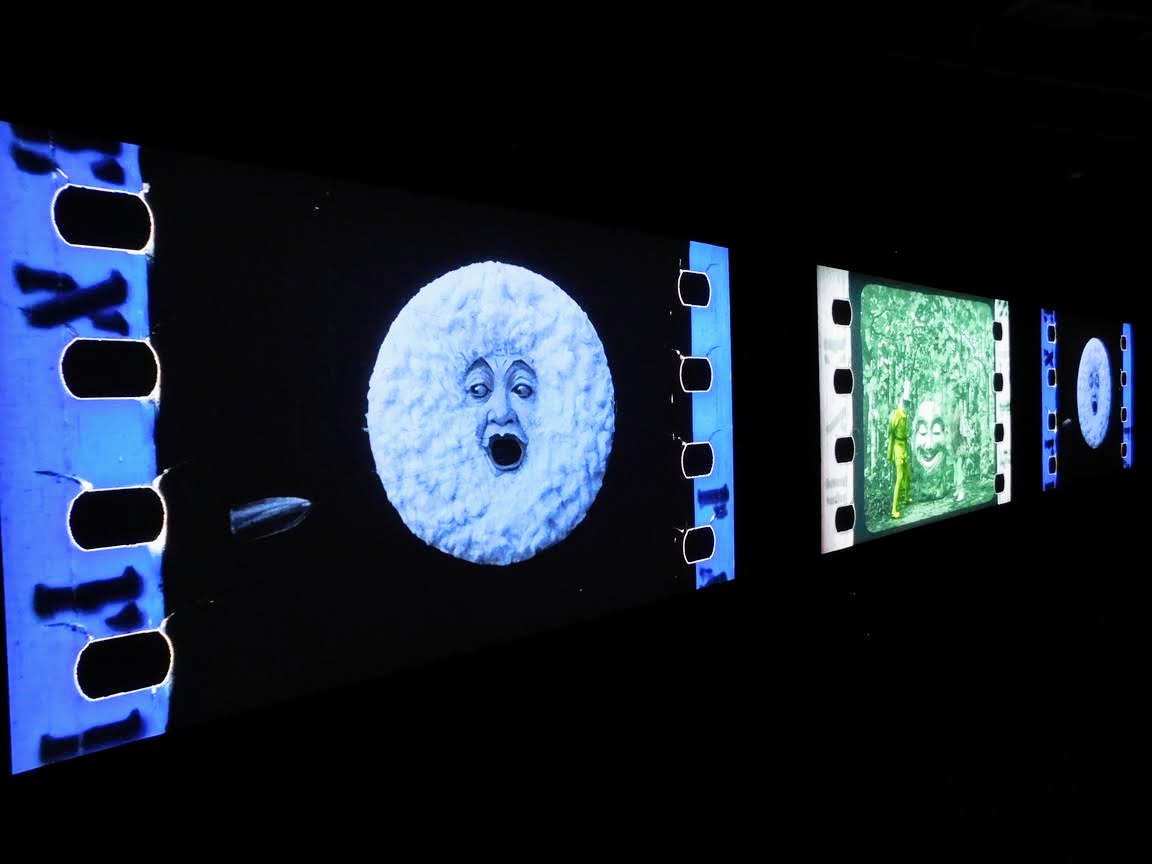
The Academy Museum is not strictly preoccupied with dystopian darkness. For instance, there is joy to be found in the whimsical imagery of Flowers and Trees (1932), Walt Disney’s first commercially released Technicolor cartoon, or in the ultrapink outfits worn by Shirley Temple in Little Colonel (1935) and Reese Witherspoon in Legally Blonde 2: Red, White & Blonde (2003).
The Pixar Toy Story 3D Zoetrope is a must-see marriage of old-school visual trickery with modern pizzazz. It features 3D-printed character sculptures of Toy Story characters like Woody and Buzz Lightyear that rotate rapidly under strobe lighting to create the illusion of motion.
Viewing a cherished artifact like Dorothy’s ruby slippers from The Wizard of Oz (1939) evokes a simpler era when a false messiah would blow his cover by blustering, “Pay no attention to that man behind the curtain!”
In the market for a little ego trip or fantasy fulfillment of your own? Step into the separately ticketed Oscars Experience, walking the red carpet before delivering a brief Oscar acceptance speech in front of a simulated cheering crowd of Hollywood stars. You get to keep a multicamera video of your faux-Dolby Theatre appearance.
At the Academy Museum, you can race from gallery to gallery with childlike excitement or ponder displays unhurriedly, as if viewing a three-hour epic like Killers of the Flower Moon or The Brutalist. Afterward, the gift shop’s extraordinary selection of film books is well worth perusing. Titles range from Paul M. Sammon’s Future Noir: The Making of Blade Runner to Liliana Battle’s The Godfather: The Corleone Family Cookbook.
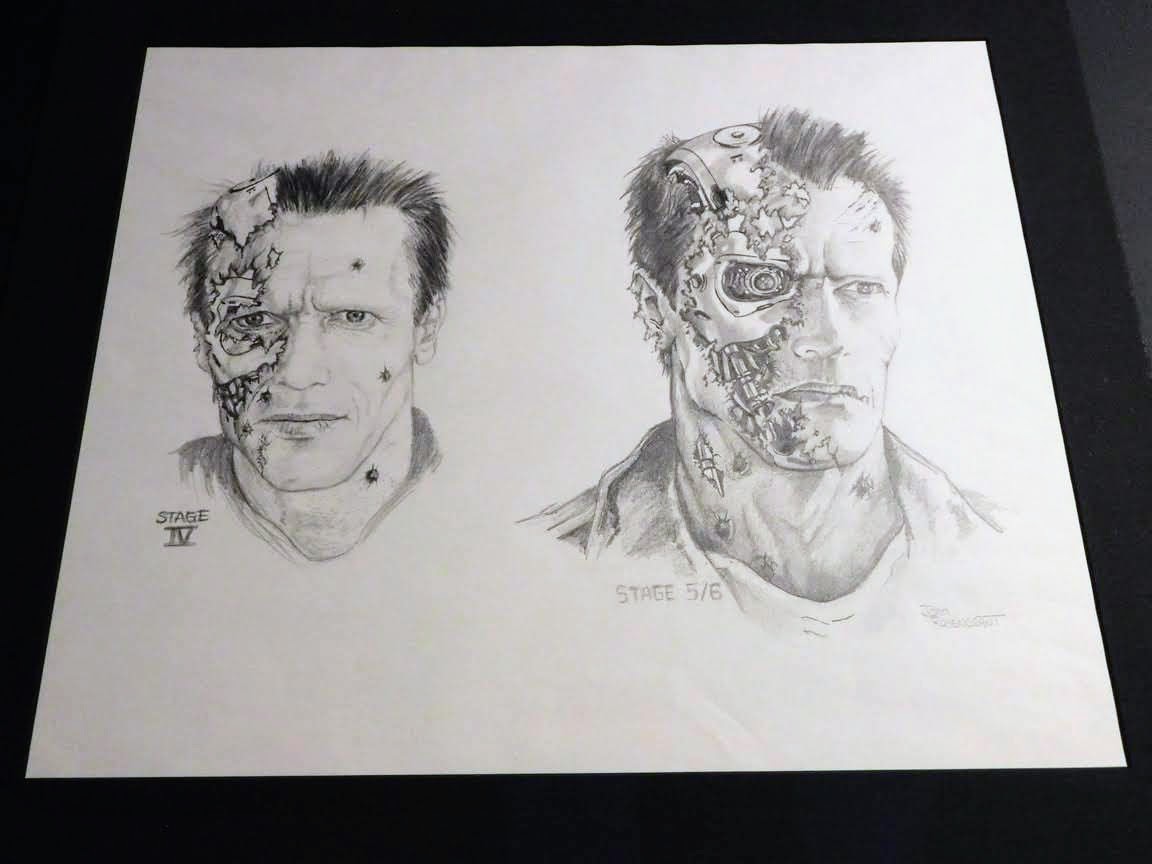
Photo by Lucas Aykroyd
Should your appetite for film lore prove insatiable, the Hollywood Museum, occupying four floors in the former Max Factor cosmetics building, is a fun chaser, albeit somewhat kitschy.
Walls of black-and-white photos commemorate the Golden Age of Hollywood. Look for a shot of Errol Flynn in full costume for The Adventures of Robin Hood (1938), smoking a cigarette between takes. Marilyn Monroe’s Playboy and Time covers appear side by side in a glass cabinet, along with a ring the legendary starlet wore in Gentlemen Prefer Blondes (1953). There are shrines to Rocky, Return of the Jedi, and The Roy Rogers Show.
That said, if time only permits you to visit one of these two museums, the Academy Museum of Motion Pictures offers a deeper experience. It will undoubtedly remain an iconic portal into Hollywood’s light and darkness—even if, say, you need to defer your California visit until the futuristic year of 2029.
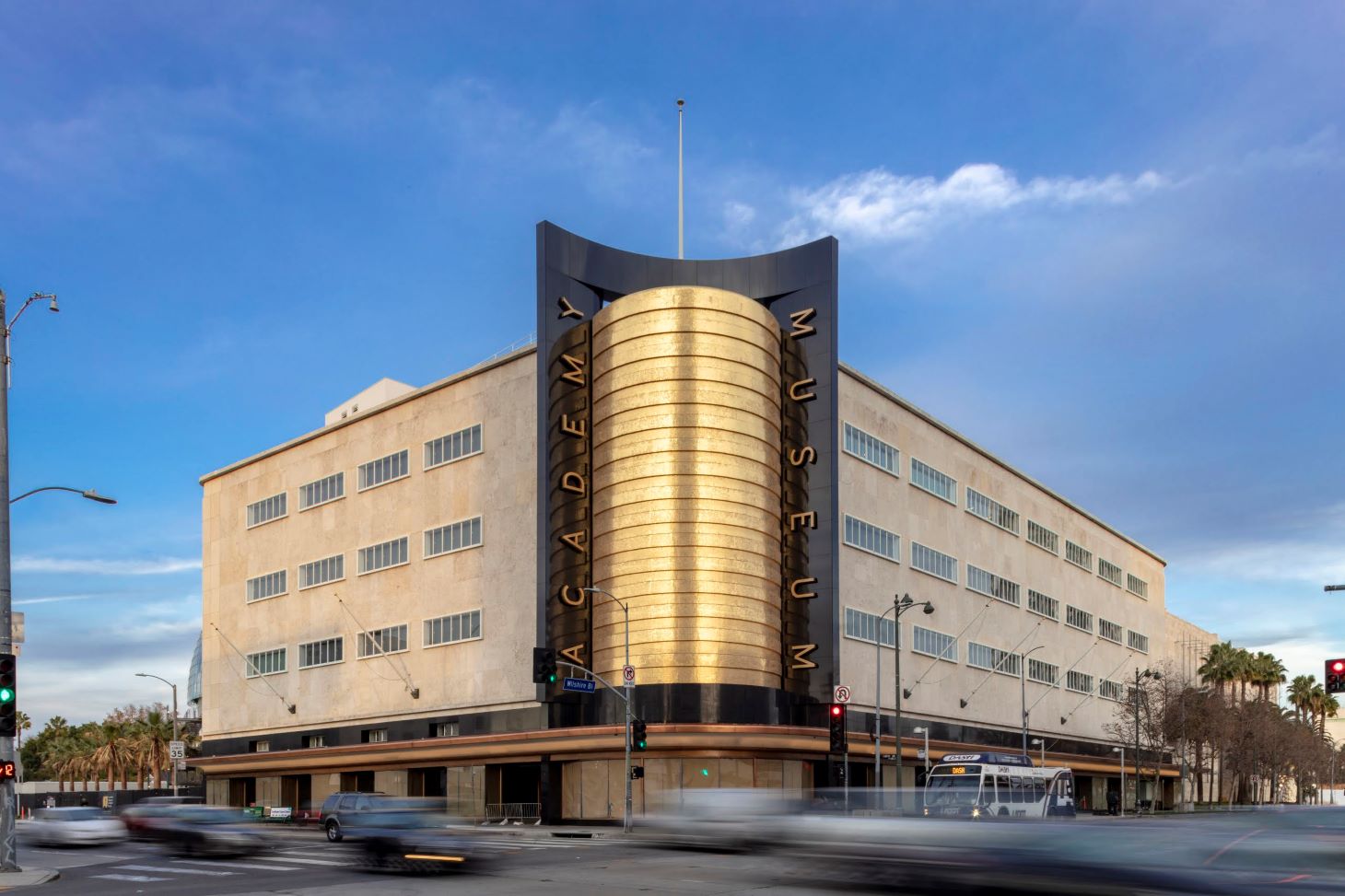
Photo courtesy of Academy Museum of Motion Pictures

